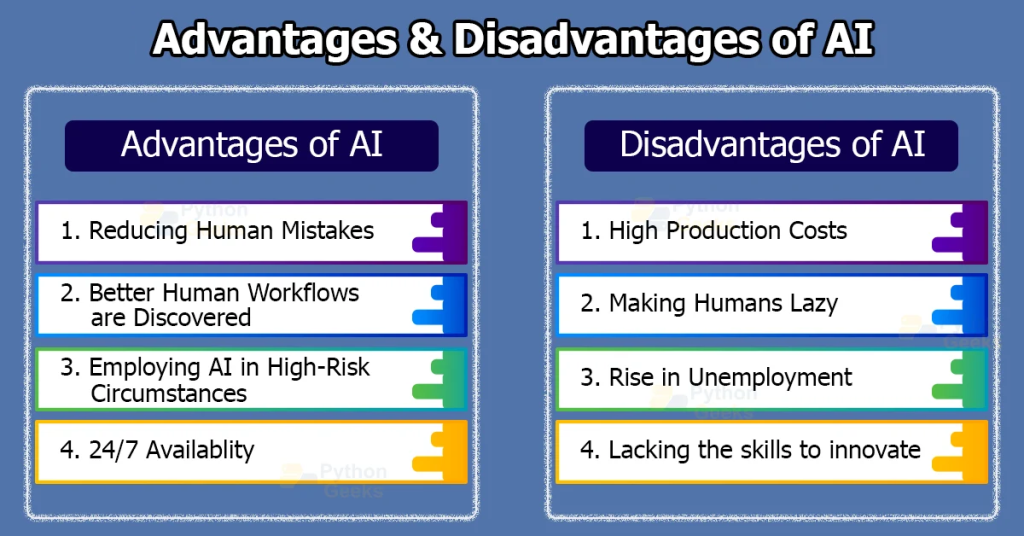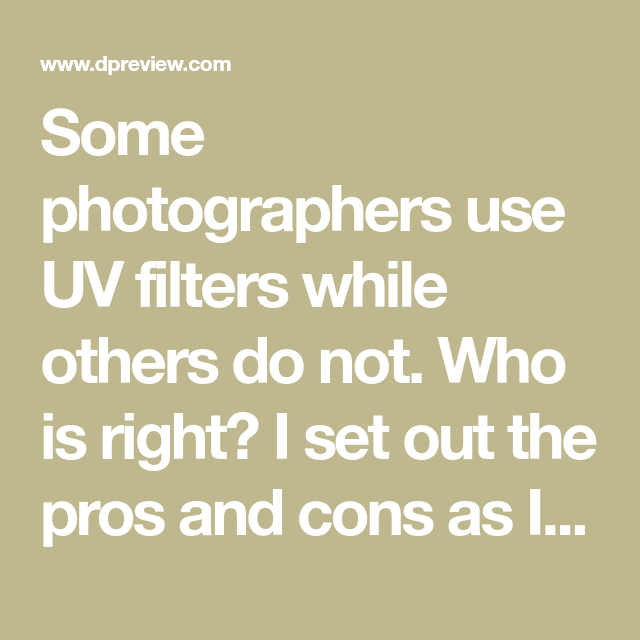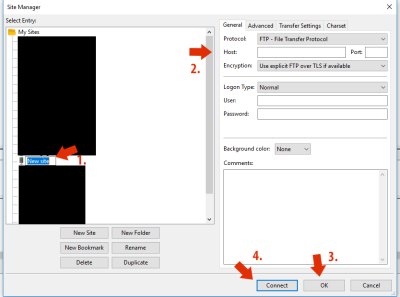Introduction to Shutterstock Contributors and Full-Time Photographers

The rise of digital platforms has transformed the landscape for photographers, creating new opportunities and challenges. Shutterstock contributors are freelance photographers who upload their work to a stock photography platform, allowing customers to purchase licenses. In contrast, full-time photographers often focus on commissioned projects, such as weddings, portraits, or commercial work. Both paths offer unique benefits and drawbacks, depending on an individual’s career goals, financial needs, and creative aspirations.
Understanding the Role of a Shutterstock Contributor

A Shutterstock contributor is primarily focused on creating and submitting images that cater to market demands. They benefit from the following aspects:
- Flexibility: Contributors can work on their own schedule, shooting at their convenience.
- Diverse Income Streams: Contributors can upload various types of media (photos, videos, and illustrations) to generate revenue from multiple sources.
- Global Reach: Contributors’ work is accessible to a worldwide audience, resulting in potential sales from various demographics.
- Lower Barriers to Entry: Starting as a Shutterstock contributor requires less investment than establishing a full-fledged photography business.
However, there are disadvantages to consider:
- Variable Income: Earnings on stock platforms depend on sales volume, which can fluctuate significantly.
- Limited Creative Control: Contributors may need to cater their work to prevailing trends rather than personal artistic vision.
- Competition: The stock photography market is saturated, making it challenging to stand out.
Understanding these factors can help aspiring photographers make informed decisions about their career paths and their alignment with personal goals and lifestyle preferences.
The Life of a Full-Time Photographer

Living the life of a full-time photographer can be incredibly rewarding, yet it comes with its own set of challenges. For many, photography is not just a job; it’s a passion that drives creativity and self-expression. Here’s a glimpse into what a typical day might look like:
Flexibility and Freedom: One of the most appealing aspects of being a full-time photographer is the ability to set your own schedule. You can plan shoots around your personal life, choose projects that resonate with you, and travel to beautiful locations for unique photo opportunities.
Variety of Work: Photographers often have diverse assignments, including weddings, portrait sessions, commercial shoots, and editorial work. This variety keeps the job exciting, but it also means juggling multiple clients and deadlines.
Creative Fulfillment: For those who thrive on artistic expression, the ability to capture moments and translate emotions into images can be profoundly satisfying. The joy of seeing your work published or appreciated is unparalleled.
Networking and Connections: Building relationships is key in the photography world. Full-time photographers often engage with clients, models, and other creatives, creating a vibrant network that can lead to more opportunities.
However, the lifestyle isn’t all sunshine:
- Inconsistent Income: Unlike a traditional job with a steady paycheck, photographers often face fluctuating income. There may be busy seasons followed by dry spells.
- Business Savvy Required: To be successful, photographers must not only be skilled artists but also savvy businesspeople. Handling contracts, taxes, and marketing can be overwhelming.
- Long Hours: From late-night editing sessions to early morning shoots, the hours can be unpredictable and often longer than anticipated.
Overall, the life of a full-time photographer is a blend of creative joy and business reality, making it a unique career choice for those who are passionate about their craft.
Pros of Being a Shutterstock Contributor
Being a Shutterstock Contributor can be a fantastic way to monetize your photography skills without the pressures of a full-time gig. Here are some notable advantages:
- Passive Income Potential: Once you upload your images, they can generate revenue anytime they’re downloaded without needing ongoing effort, making it a great source of passive income.
- Exposure to a Global Audience: Shutterstock boasts millions of users worldwide. As a contributor, your work can reach clients you might never encounter otherwise.
- Low Entry Barrier: Anyone can start contributing. If you have a smartphone and a keen eye for photography, you can begin building your portfolio and earning income.
- Diverse Market Demand: With a wide range of subjects in demand—from lifestyle to business images—there’s a niche for nearly every style. This means you can upload a variety of works that showcase your unique perspective.
- Flexible Work Hours: Like full-time photography, being a Shutterstock Contributor allows you to work when it suits your schedule. You can shoot and upload images at your own pace.
However, it’s important to keep in mind that while there are numerous benefits, contributors must also contend with the competitive nature of stock photography.
Ultimately, being a Shutterstock Contributor can be an enriching experience, especially for those looking to supplement their income while doing what they love!
Cons of Being a Shutterstock Contributor
While being a Shutterstock contributor can seem appealing due to its flexibility and potential for passive income, there are several downsides worth considering:
- Low Earnings: Many contributors find that the income from stock photography is lower than expected. With competition from numerous photographers, prices can be driven down, leading to minimal earnings per image.
- Limited Creative Control: As a contributor, you typically have to adhere to specific guidelines and trends that may not align with your artistic vision. This can sometimes feel restrictive for photographers used to more creative freedom.
- Market Saturation: The stock photography market is flooded with images, making it challenging for new contributors to get their work noticed. This saturation means you need to continuously pump out new, high-quality content to keep your portfolio relevant.
- Time Investment: While uploading images may seem straightforward, there’s a significant time investment in keywording, editing, and optimizing your submissions. This can detract from the time spent on actual photography.
- Payment Delays: Contributors often experience payment delays, as earnings are typically accumulated over time and may not be paid out until thresholds are met.
While being a Shutterstock contributor can be a great way to market your images and gain exposure, it’s essential to weigh these cons against the potential benefits and assess if this path aligns with your photography goals.
Pros of Being a Full-Time Photographer
Choosing to be a full-time photographer can be one of the most rewarding career paths for those passionate about capturing moments. Here are some significant advantages:
- Creative Freedom: Full-time photographers have the ability to explore their artistic vision without restrictions. You can choose your projects, experiment with different styles, and develop a personal brand that truly reflects your passion.
- Direct Client Relationships: Working directly with clients allows you to build personal connections, receive immediate feedback, and create lasting professional relationships that can lead to repeat business and referrals.
- Diverse Opportunities: Full-time photographers can branch out into various niches, such as weddings, portraits, commercial, and editorial photography. This diversity keeps the work dynamic and exciting.
- Potential for Higher Earnings: Unlike stock photography, where individual image sales can be low, full-time photographers often have the potential to command higher prices for their services, especially in a saturated market.
- Personal Satisfaction: There’s a unique fulfillment that comes from building your brand, seeing your work appreciated, and knowing that your creativity and hard work are recognized.
While being a full-time photographer comes with its challenges, the benefits can far outweigh the drawbacks, especially for those dedicated to their craft. If you have the passion and drive, it might just be the perfect fit for you!
Cons of Being a Full-Time Photographer
While being a full-time photographer can be incredibly rewarding, it’s not all sunshine and roses. There are some significant challenges to consider before diving headfirst into this career. Here’s a closer look at the cons of being a full-time photographer:
- Income Instability: Unlike a traditional job with a steady paycheck, photography can be inconsistent. Income can fluctuate widely based on market demand, seasonal trends, and project availability.
- High Competition: The photography market is saturated. Standing out in a crowd of talented photographers requires constant effort in marketing and developing a unique style.
- Client Management: Dealing with clients can be time-consuming and challenging. From setting expectations to handling feedback, managing relationships can take away time from actually shooting.
- Equipment Costs: The initial investment in cameras, lenses, lighting, and backdrops can be hefty. Plus, keeping your gear updated and maintained adds ongoing expenses.
- Administrative Burden: Beyond taking photos, you’ll have to handle invoicing, contracts, marketing, and taxes. Doing this can feel overwhelming, especially when you’d rather be behind the lens.
- Work-Life Balance: The nature of this job often demands long hours, including evenings and weekends, making it tough to maintain a balanced lifestyle.
In summary, while the passion for photography fuels many people’s dreams, it’s crucial to be prepared for these potential downsides that come with full-time photography.
Key Differences Between Shutterstock Contributors and Full-Time Photographers
When considering a photography career, many people weigh their options between becoming a Shutterstock contributor or a full-time photographer. Though both paths revolve around photography, they offer distinct experiences and benefits. Let’s break down the key differences:
| Aspect | Shutterstock Contributor | Full-Time Photographer |
|---|---|---|
| Income Structure | Royalties based on downloads; passive income potential. | Project-based income; active work with clients. |
| Work Flexibility | Can upload images on your own schedule; work at your own pace. | Often has set hours; dictated by client needs and project timelines. |
| Market Exposure | Exposure through Shutterstock’s vast marketplace; less direct marketing required. | Requires active marketing for personal brand; building a portfolio takes time. |
| Creative Control | Limited by market demand; must create images that sell. | Full creative freedom; can explore personal projects and styles. |
| Client Interaction | No direct client work; focuses on creating stock images. | Regular client interaction; often collaborates closely with clients. |
Ultimately, choosing between these two paths comes down to your personal goals, lifestyle preferences, and how you envision your photography career. Both avenues have their unique merits and challenges, making it essential to pick the one that aligns best with your aspirations.
Which Path is Right for You
Choosing between being a Shutterstock contributor and a full-time photographer is a significant decision that depends on various personal factors. Both paths have their merits and challenges, and what works for one person may not suit another. Here are some key considerations to help you decide:
- Passion and Commitment: Are you passionate about photography as a full-time career, or do you prefer the flexibility that comes with being a contributor? If your heart is set on capturing moments and storytelling through images, a full-time career might be more fulfilling.
- Income Stability: Full-time photographers may face fluctuating incomes, especially when starting. Shutterstock contributors earn money passively from sales over time. Consider how much financial stability you need at this stage in your life.
- Creative Freedom: As a full-time photographer, you often get to work on projects that inspire you. However, you may also be tasked with client demands. Contributors can choose specific subjects and styles without adhering to a client’s vision.
- Market Understanding: Are you familiar with market demands and trends? As a contributor, you need to understand what sells to maximize your income. A full-time photographer works on building a portfolio that’s tailored to their unique style and market positioning.
- Work-Life Balance: Being a full-time photographer can entail long hours, particularly during shoots and post-production. Contributors enjoy more leisurely schedules, which might allow for a better work-life balance.
Ultimately, it comes down to your personal goals, lifestyle preferences, and financial needs. Take some time to reflect on these points. Remember, you can always start as a contributor while exploring full-time opportunities!
Conclusion: Making an Informed Choice
It’s clear that both being a Shutterstock contributor and a full-time photographer offer unique advantages and challenges. Your decision should align with your personal aspirations, lifestyle, and how you envision your photography career evolving. Here’s a brief recap of the pros and cons:
| Path | Pros | Cons |
|---|---|---|
| Shutterstock Contributor |
|
|
| Full-Time Photographer |
|
|
Before making your choice, consider networking with professionals in each field, researching market demand, and even trying both routes for a while. The right path is the one that resonates with your goals, values, and lifestyle. So take this knowledge, reflect on your passion for photography, and choose the path that feels like the perfect fit for you! Happy shooting!


